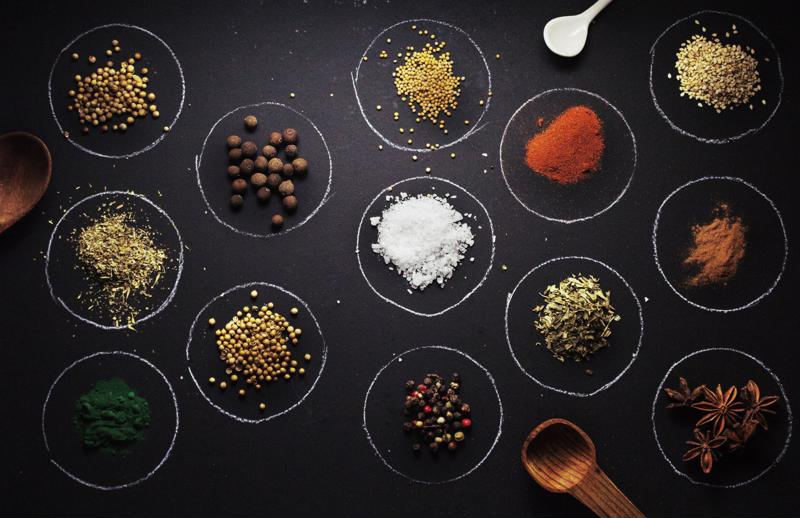President Barack Obama signed a new GMO labeling bill into law on July 29. Since this time, the media has been abuzz with various proponents and critics arguing their respective points of view. Modern Farmer wrote that this bill is controversial due to the ongoing debate surrounding whether or not it is safe for people to consume genetically modified foods or ingredients. While polarizing, this issue does bring to light another revolution taking place in the food manufacturing industry: less ingredients.
Is less really more?
For the past few years, food manufacturers have been seeking to attract more health-conscious consumers by advertising their foods as containing fewer ingredients. Major brands such as the Hershey Company and General Mills have winnowed their ingredients list down, highlighting exactly how many ingredients go into their products on the packaging. For example, Hershey's launched its "Simply 5" line of products earlier this year, where each product only contains five ingredients – which is down from the usual 11, The Wall Street Journal reported.

For years, nutritionists and healthy consumers across the country have emphasized the dangers of consuming foods with numerous, unrecognizable ingredients. In response, these brands are capitalizing on this trend in an effort to drive sales and market respectability. Yet, just why is making products with less ingredients more profitable?
Consumers seek more transparency
The food and beverage market research firm, Packaged Facts, published survey data last year in a report titled "Nutritional Labeling and Clean Labels in the U.S.: Future of Food Retailing." In the data, researchers found that 87 percent of consumers look at nutrition labels, while 56 percent actively seek out nutritional information and guidelines.
Meanwhile, 67 percent of those surveyed said they preferred food products with simpler and fewer ingredients. These consumers are even growing more vocal about their beliefs, the research found, with many using social media, consumer surveys and petitions to voice their opinions. This is evidenced by the amount of backlash surrounding the recent GMO bill, with high profile critics such as Sen. Bernie Sanders drawing nation-wide attention to the subject, according to Eater.
"87 percent of consumers look at nutrition labels."
"People are losing trust in the largest food companies, and they're very concerned about these massive ingredient lists on so many products," Michael Moss, Pulitzer Prize-winning journalist and bestselling author of the book "Salt, Sugar, Fat," told CBS News. "So [food manufacturers are] going to have less artificial flavorings, less colorings, less GMO, perhaps. But that's the real difficult thing for consumers, is knowing are these things really healthy?"
In addition to fewer ingredients, food manufacturers are also increasingly eliminating artificial flavors, colors, preservatives and reducing added sugars. Essentially, less is more in the food manufacturing labeling industry right now. Kraft Foods Group, Tyson Foods and ConAgra are just a few of the many companies switching to natural ingredients and removing harmful ingredients and preservatives.
Despite this health-conscious push, registered dietitian Tamara Melton told the Wall Street Journal that consumers should still carefully read the full ingredients list – no matter what the front of the product says. Melton said the front of the package is generally used for marketing purposes and "may not tell the whole story."
As a food manufacturer, you need durable labels you can rely on to remain intact throughout the production and distribution process. Speak with one of our skilled representatives at Stranco to hear about our custom barcode labels and thermal transfer labeling options that offer you the longevity and flexibility you need to remain up to date with the latest industry and regulatory changes. Contact us today learn more!

